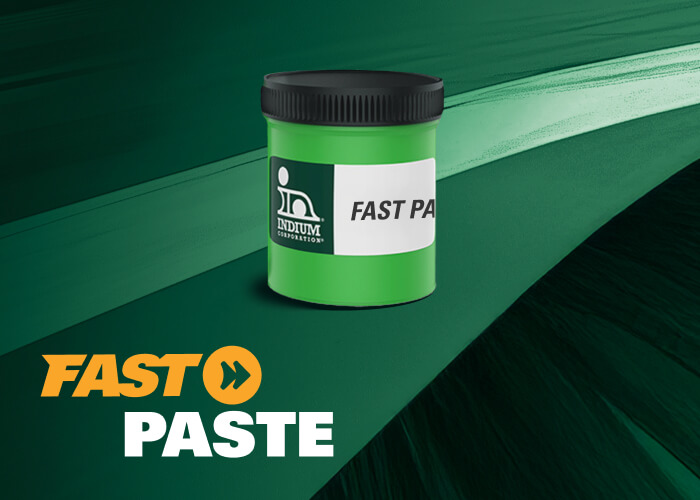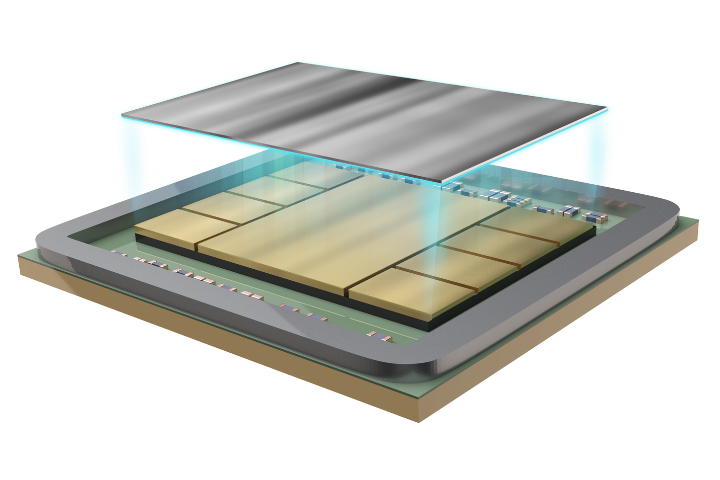Wave Flux Applications & Pre-Heat Considerations
Phil Zarrow: Brook, when people think of wave soldering what we basically envision is the board going over the molten wave, the dynamic area, but just prerequisites.
Brook Sandy-Smith: Mm-hmm.
Phil Zarrow: Specifically pre-heat, and flux application. So let's talk a little bit about flux application first.
Brook Sandy-Smith: Mm-hmm.
Phil Zarrow: What are some of the things we want to ascertain?
Brook Sandy-Smith: So, when you're looking at spraying a new flux, or you're developing your process, you wanna make sure that the flux is distributed evenly across the whole surface.
Phil Zarrow: Right.
Brook Sandy-Smith: With selective, this is a little bit different because you may be trying to achieve this with one or two nozzles.
Phil Zarrow: Mm-hmm.
Brook Sandy-Smith: So you wanna focus on the areas that are going to hit the wave. When you're doing this for wave soldering, you wanna make sure the whole board has an equal amount of flux. And you only put flux on the bottom side of the board.
Phil Zarrow: Right, right. Now again, hole penetration. We wanna make sure that assuming we have our design correct and we have the right diameter too, with relation to the pins. What about the fluxing and spray fluxing, and what are our concerns about good hole penetration so we get the good flow?
Brook Sandy-Smith: Right. So, usually these nozzles have some spray radius, and you wanna make sure that the fans are kind of touching each other on the edges so you're getting an even amount on the whole area. If your nozzle isn't spraying one half, or it's starting to get clogged or something, you wanna fix that immediately. Because, the places that don't get flux won't be able to have good hole fill when you go through the wave.
Phil Zarrow: Right. Now, moving on towards pre-heat. What are we trying to accomplish there?
Brook Sandy-Smith: Well, there are two things, right? You're trying to activate the flux-
Phil Zarrow: Right.
Brook Sandy-Smith: So it makes all the surfaces clean and ready to go through the wave. But also, you're trying to dry out the solvent from the flux.
Phil Zarrow: Mm-hmm.
Brook Sandy-Smith: Now this is where you have to look at which kind of flux you're choosing.
Phil Zarrow: Right.
Brook Sandy-Smith: If you have to go VOC free, make sure that you have your pre-heat higher. Something like 110 degrees C, to make sure that you're driving off all the solvent. With an alcohol-based flux like one of the ones from our Project 99 Fluxes, you can go to a slightly lower preheat, less than 100, but you still wanna make sure that the flux is dry before it hits the wave.
Phil Zarrow: Good. So guidelines are non VOC free, we're talking about 90 to 100 degrees. And of course, with VOC free, about 100 to 110 degrees.
Brook Sandy-Smith: Mm-hmm.
Phil Zarrow: Now, the temperature of the board exiting preheat before it hits the wave, we wanna watch out for a certain delta key because, we don't want …. We wanna make sure the board is warm enough, but by the same token we don't wanna introduce thermal shock.
Brook Sandy-Smith: Mm-hmm.
Phil Zarrow: So what typical guidelines are we looking for there?
Brook Sandy-Smith: Well, usually you would wanna be within 120 degrees of the wave temperature. And then of course, your wave temperature is determined by the alloy that you have in your starter pot.
Phil Zarrow: Very good. Now, in terms of preheat, can you go back to preheat again. There are different types of preheaters. There's convection, there's radiant. But what's the application and how is that relate to the flux type we're using?
Brook Sandy-Smith: Right. So usually there's flux on the bottom side of the board.
Phil Zarrow: Right.
Brook Sandy-Smith: So convection is more useful on the bottom side to make sure that you have the air moving to remove the solvents-
Phil Zarrow: Mm-hmm.
Brook Sandy-Smith: So you get good evaporation. Usually, on the top side you would have IR, because you're just trying to heat the surface of the board to be warm enough so that when you go into the wave, the board isn't too cold to allow for the hole fill.
Phil Zarrow: Right.
Brook Sandy-Smith: You have to have the whole board warm enough to allow the solder to wick into the holes.
Phil Zarrow: Well I think we set up things pretty well for when the board does hit the wave. So-
Brook Sandy-Smith: Mm-hmm.
Phil Zarrow: Brook, where can we find out more information on this?
Brook Sandy-Smith: Well you can go to www.indium.comto find out more general information on wave soldering, or our Project 99 featured website to learn more about our wave fluxes. And as always, you can contact me directly at [email protected].
Phil Zarrow: Brook, thank you so much.



